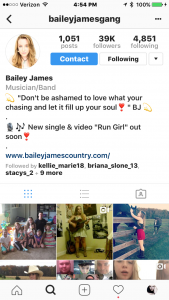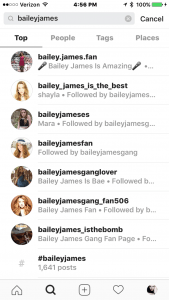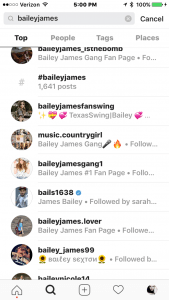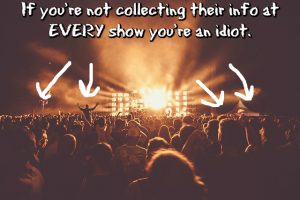 The biggest fundamental flaw of the OLD AND NEW music business is that the creators and/or owners of the creations have no freaking idea who their customers are.
The biggest fundamental flaw of the OLD AND NEW music business is that the creators and/or owners of the creations have no freaking idea who their customers are.
(Pssst, you’re the creator).
Yes, they have demographics, but they don’t have their contact information so they don’t REALLY know who they are exactly. It also means they can only reach out via mass media like TV and Terrestrial Radio.
Which costs millions.
But nobody is listening to the radio and certainly, nobody is watching music videos on TV anymore. Not like they used to.
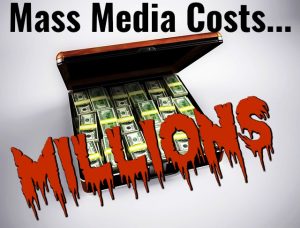
Therefore, record sales suck.
Therefore, few new superstars are being created.
Half the artists who were in the top 10 grossing tours of 2016 were over 55-years-old because the market is largely unaware of the new talent. This is because nobody is listening to radio and watching videos on TV.
It’s also because the new artists aren’t trying to connect with their fans. They want to be rockstars like their heroes.
The world would be VASTLY different for indies, signed artists, and labels if they would stop “doing what they’ve always done†and expecting different results.

Ahem, that’s the very definition of crazy.
Let me tell you a crazy story.
QUESTION: For decades and decades the richest people in Texas were in what industry exactly?
If you guessed the oil business, you’d be correct! The richest oil families in Texas are multi-billionaires and have been for quite some time.
 Back in the early to mid 90’s a now famous Texan decided to build a widget. He spent the money to hire the team to design the widget. He spent more money prototyping that widget to work out the kinks and get it functioning properly. He spent more money leasing the manufacturing space, hiring the manufacturing experts, purchasing the manufacturing equipment, and the necessary components to put that widget into mass production. Then he spent a literal fortune promoting that creation to ensure he was systematically penetrating the minds of consumers.
Back in the early to mid 90’s a now famous Texan decided to build a widget. He spent the money to hire the team to design the widget. He spent more money prototyping that widget to work out the kinks and get it functioning properly. He spent more money leasing the manufacturing space, hiring the manufacturing experts, purchasing the manufacturing equipment, and the necessary components to put that widget into mass production. Then he spent a literal fortune promoting that creation to ensure he was systematically penetrating the minds of consumers.
He created the product then he created the demand for the product.
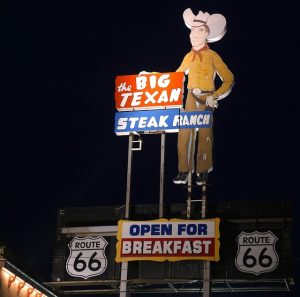
But this future-shaping, trend-setting Texan did one super important thing different.
You see, for centuries all the widget makers, that is to say all the creators, sold their creations through distribution. Typically, a creator would sell their product for half price to the distributor. Then, the distributor marks up the price to the full market value so they can make their profit. But these distributors don’t actually create anything. That was how it always worked if you wanted to sell anything. Clothing makers sold 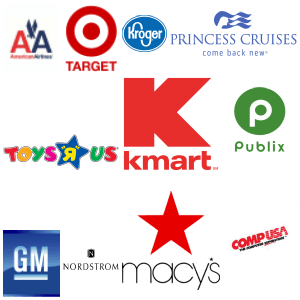 through huge distributors like Macy’s and Nordstrom’s. Toys were sold through distributors like K-Mart, Target, and Toys-R-Us. Automakers sold through local privately-owned dealerships. Electronic parts makers sold their parts to original equipment manufacturers via huge multi-hundred-million-dollar publicly traded distribution companies. Airline and Cruise companies needed local travel agents to distribute their services. Farms and food companies sold their products to brick and mortar local grocery distribution companies like Kroger.
through huge distributors like Macy’s and Nordstrom’s. Toys were sold through distributors like K-Mart, Target, and Toys-R-Us. Automakers sold through local privately-owned dealerships. Electronic parts makers sold their parts to original equipment manufacturers via huge multi-hundred-million-dollar publicly traded distribution companies. Airline and Cruise companies needed local travel agents to distribute their services. Farms and food companies sold their products to brick and mortar local grocery distribution companies like Kroger.
But our famous Texan was asking the right questions.
Why was it worth selling your product to a distributor for half the market value anymore?
What exactly did a distributor bring to the table that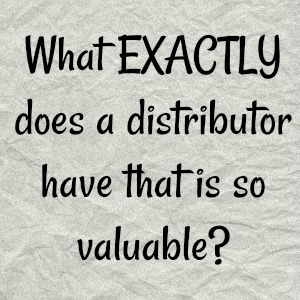 made it worth letting them stick their hands that far down the creator’s pocket?
made it worth letting them stick their hands that far down the creator’s pocket?
Answer: A relationship with the customer. For some it was a relationship with millions of customers which made for some very powerful and profitable distributors.
They knew the end-users!
Back in the day, if your creation wasn’t in distribution you didn’t sell anything, period. So, it was mission critical. It was the way our fathers did it, and their fathers did it, and their fathers and so on.
That’s a super tough nut to crack, you know. All that history.
But our Texan didn’t want to sell his $1,000 widget to a distributor for $500. He felt that if he was the one smart enough to create the widget and courageous enough to take the risk of designing, prototyping, manufacturing, and marketing the product he should get 100% of the money for it!
Seems fair.
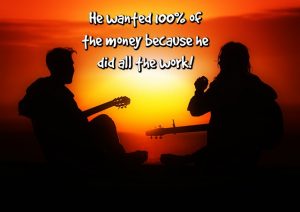 Plus, distributors show exactly zero brand love. Macy’s is just as happy to sell a customer Wrangler jeans over Levi’s. They don’t care what you buy, they just want you to buy!
Plus, distributors show exactly zero brand love. Macy’s is just as happy to sell a customer Wrangler jeans over Levi’s. They don’t care what you buy, they just want you to buy!
But there was another way.
A way to bypass the distributor now because we had this new thing called the internet. (I feel like you should say that line in Dr. Evil’s voice using your fingers as air quotes; In-ter-net).

The internet would allow a creator who formerly had to pay big money to advertise via mass media (like darts in the dark if you ask me considering today’s alternatives) to connect and create a relationship with their customer.
Think about that.
That creator could have complete control over their customer’s experience.
That creator could become profitable faster because they’d have to sell half as many products to make the same amount of money that they would collect via distribution.

You’ve probably figured out that our mystery genius is Michael Dell of Austin, TX. He became the first computer manufacturer to utilize the internet as a tool to create a direct relationship with the end-user/customer that he worked so hard and paid so much to reach.
His plan worked because within 7 years, Dell became the richest man in Texas.
That was in the late 90’s and early 2,000’s.
As of last year, according to Forbes Magazine, Michael Dell is worth 19.1 billion dollars. The nearest oil family is worth a paltry 8.9 billion. Poor babies.
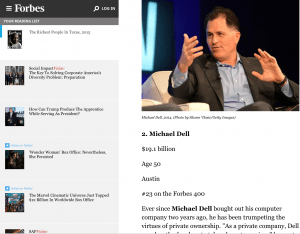
That tells me the plan REALLY worked.
But the story doesn’t end there because Dell changed the world.
For decades if you were an electronic component manufacturer and your components were in an Apple product, you HAD to go through distribution because they had a relationship with your end-user that you couldn’t have. So, you sold your $1 diode for .50 cents and made money in the massive amounts of volume.
But after Dell Computer, you built a website and the engineers at Apple could contact you directly about questions, feedback, new products, ideas, etc. Little by little over the following 15 years the parts companies refused to renegotiate their distribution contracts because they didn’t need them anymore. They now possessed the one thing they used to pay the distributor for; a relationship with Apple (aka their end user). As a result, those multi-hundred-million-dollar-publicly-traded distribution companies imploded over time.

All gone.
All the local travel agencies vanished seemingly overnight.
Now consumers could access cruise lines and airline companies directly to purchase tickets without paying a commission because they didn’t need the travel agent anymore.
Did you notice how quickly the brand name outlet malls popped up around America? Companies like Levis, Coach, Hilfiger, Reebok, etc. couldn’t sell direct on their own but they damn sure could if they clustered with the other brand names and gave consumers a beehive of multiple brand names which sold their products discounted prices from the distributors.
 Companies that didn’t adapt like K-Mart and Sears fell into crippling debt.
Companies that didn’t adapt like K-Mart and Sears fell into crippling debt.
How about the auto industry? GM purchased back tons of once privately owned dealerships because the consumers were only coming on the car lot to test drive the vehicle they wanted to purchase. The consumers didn’t need the salesmen for knowledge. Shockingly, consumers were literally more educated on the product than the salesman when it came to options on the vehicles. Why? Because the end user could research the product directly on the manufacturer’s website.
Wow.
Mind Blown.
It all happened because one really smart guy was able to adapt in a changing environment.
One clever person was asking the right questions even though he didn’t have all the answers yet.

QUESTION: What does Spotify, Pandora, and iTunes have that the labels, signed artists, and indie artists don’t have?
ANSWER: A relationship with their customers.
Which is a relationship with the label’s customers.
Also a relationship with your customers.
The labels aren’t adapting because distribution is always how they’ve done it. Just like all those other computer companies back in the late 90’s.
Make sense, right?
Which means these distributors have tons of information on these customers that would help artists and labels make more money.
But they won’t share that information with labels and artists.

Why won’t they share that information with you, the signed artists, and the labels?
Because the second they do, they would become irrelevant, just like travel agents.
Wow.
I wonder how the world will change after artists, labels, managers, and publishers open their eyes like Michael Dell and take total control of our precious creations?
Stay
In
Tune.
If you liked this article, please LIKE and SHARE it right now.

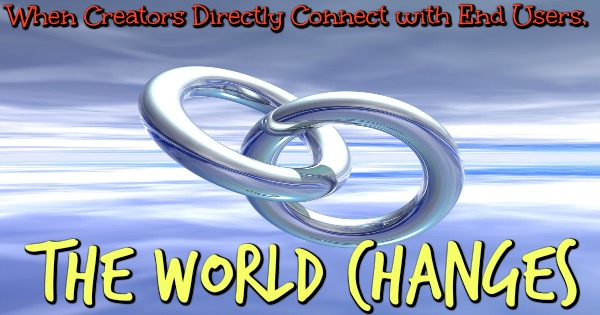
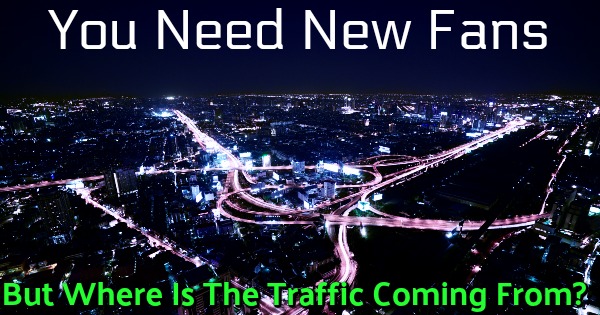
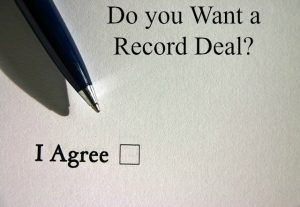

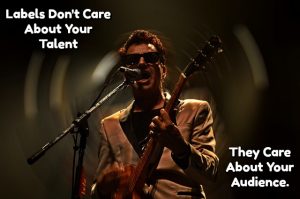 Labels don’t care about your talent initially. Yes, they want you to be talented but talent and no audience means no label deal. Moderate talent and a sizable audience means you’ll get attention because labels are buying small businesses these days.
Labels don’t care about your talent initially. Yes, they want you to be talented but talent and no audience means no label deal. Moderate talent and a sizable audience means you’ll get attention because labels are buying small businesses these days. The principles of growing an artist’s audience are the same today in that we have to expose the artist to new eyeballs. But the old outlets don’t work anymore because most of them don’t have enough, if any eyeballs.
The principles of growing an artist’s audience are the same today in that we have to expose the artist to new eyeballs. But the old outlets don’t work anymore because most of them don’t have enough, if any eyeballs.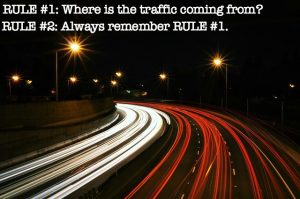
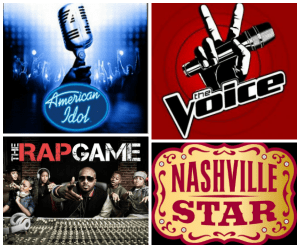

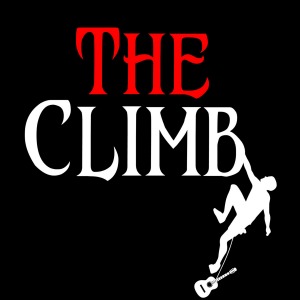

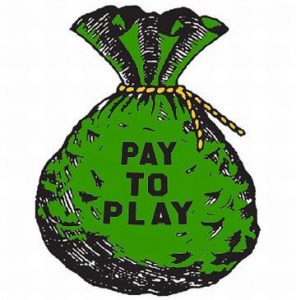 An artist must adapt in this environment.
An artist must adapt in this environment.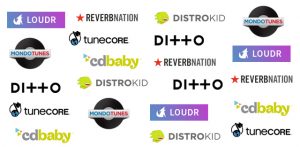
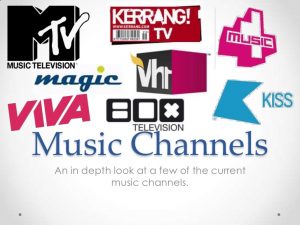
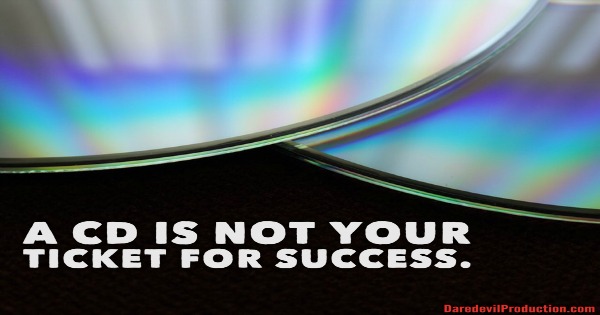
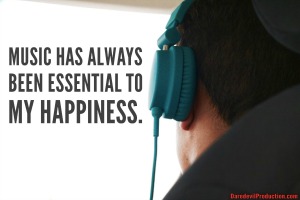 company a little over two weeks ago. In that short amount of time, I have obtained an abundance of knowledge that only hands-on experience can provide.  After just 2 weeks, many of my preconceived notions about the music industry still hold true but some of my opinions have drastically changed. This epiphany happened after receiving a deeper understanding of how the business ACTUALLY works.
company a little over two weeks ago. In that short amount of time, I have obtained an abundance of knowledge that only hands-on experience can provide.  After just 2 weeks, many of my preconceived notions about the music industry still hold true but some of my opinions have drastically changed. This epiphany happened after receiving a deeper understanding of how the business ACTUALLY works.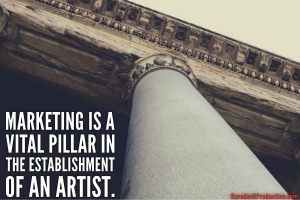 Structurally speaking, I always knew that marketing was one of the most vital pillars in establishing an artist’s career, but I never realized the extent to which record labels shape their budgets according to this philosophy. In the label mind, marketing outranks your recording by a landslide. They care less about what the artist is putting out, and more about how many people will listen to it (because it’s good!). Labels will do whatever they can to ensure they recoup their investment or at least get as close as possible. This is done by spending the majority of their monetary resources on marketing. If the marketing is effective in its intent, enough intrigue can be generated to ensure a substantial amount of people purchase the product.
Structurally speaking, I always knew that marketing was one of the most vital pillars in establishing an artist’s career, but I never realized the extent to which record labels shape their budgets according to this philosophy. In the label mind, marketing outranks your recording by a landslide. They care less about what the artist is putting out, and more about how many people will listen to it (because it’s good!). Labels will do whatever they can to ensure they recoup their investment or at least get as close as possible. This is done by spending the majority of their monetary resources on marketing. If the marketing is effective in its intent, enough intrigue can be generated to ensure a substantial amount of people purchase the product.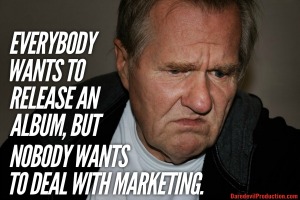 This is a fact that, for some reason, many musicians choose to ignore. Everybody wants to release an album, but nobody wants to think about marketing. While you have the power to allocate your money as you see fit, don’t expect that album to be your saving grace if you haven’t marketed YOURSELF properly before releasing it.  And posting on Facebook a week before your album release is NOT marketing. In a world before the internet, radio did the marketing for us (which meant the music came first), but not today. Now our phones are the radio, and every individual is the DJ of their own show. Thus, it is inherent that YOU put YOURSELF onto people’s stations. This isn’t done by releasing a song and expecting people to slide it into their rotation.
This is a fact that, for some reason, many musicians choose to ignore. Everybody wants to release an album, but nobody wants to think about marketing. While you have the power to allocate your money as you see fit, don’t expect that album to be your saving grace if you haven’t marketed YOURSELF properly before releasing it.  And posting on Facebook a week before your album release is NOT marketing. In a world before the internet, radio did the marketing for us (which meant the music came first), but not today. Now our phones are the radio, and every individual is the DJ of their own show. Thus, it is inherent that YOU put YOURSELF onto people’s stations. This isn’t done by releasing a song and expecting people to slide it into their rotation.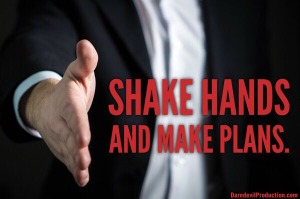 The most fireproof way to ensure someone supports your future endeavors is to communicate with them, by having REAL conversations.
The most fireproof way to ensure someone supports your future endeavors is to communicate with them, by having REAL conversations.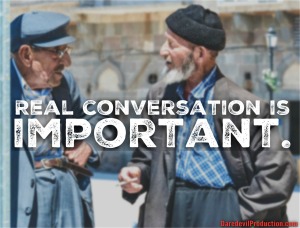
 Once you remove yourself from the perspective of the artist and start looking through the eyes of a fan, real interaction begins to make more sense.
Once you remove yourself from the perspective of the artist and start looking through the eyes of a fan, real interaction begins to make more sense.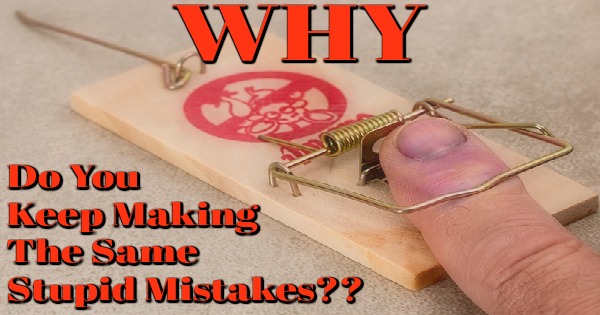
 Exactly zero new people will hear your music to care about it without marketing yet so many indie artists continue to make these mistakes.
Exactly zero new people will hear your music to care about it without marketing yet so many indie artists continue to make these mistakes.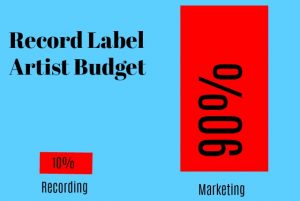
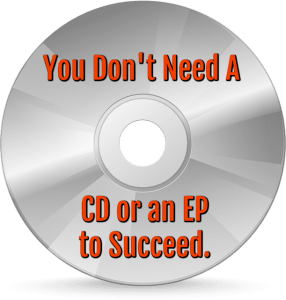 FALSE.
FALSE.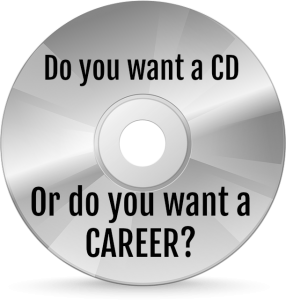
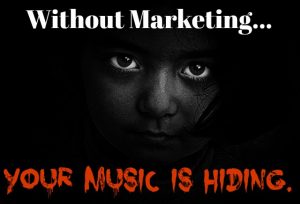
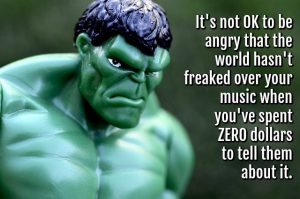

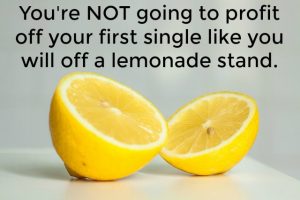
 The old record business was about the music first. I’m not speaking about the quality of music (although it must be AMAZING), and I’m not speaking about the importance of music. I’m articulating THE MARKETING PROCESS.
The old record business was about the music first. I’m not speaking about the quality of music (although it must be AMAZING), and I’m not speaking about the importance of music. I’m articulating THE MARKETING PROCESS.

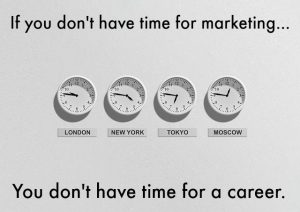
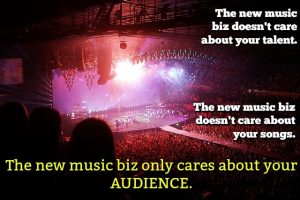 This is true for record labels too. They’re still trying to do it the old way spending obscene amounts of money on P1 (major market) radio only to find that nobody is aware of the artist because new artists DON’T BREAK ON RADIO ANYMORE.
This is true for record labels too. They’re still trying to do it the old way spending obscene amounts of money on P1 (major market) radio only to find that nobody is aware of the artist because new artists DON’T BREAK ON RADIO ANYMORE.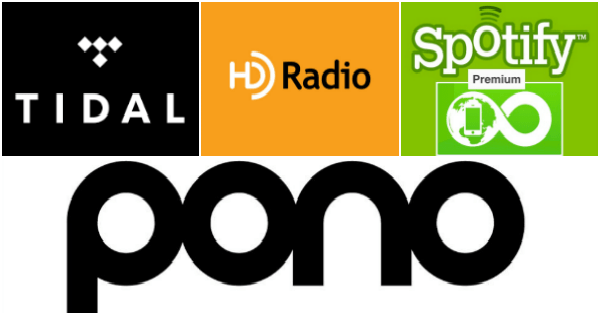
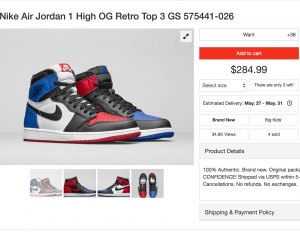 But the kid is 8.
But the kid is 8.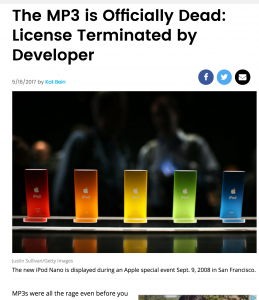
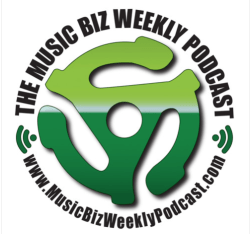
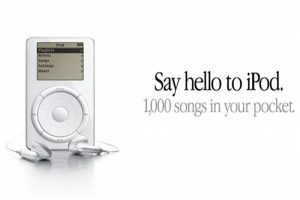
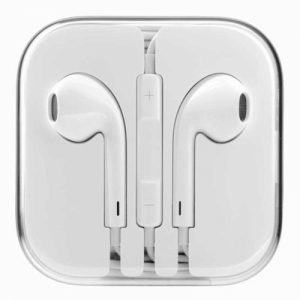 So what?
So what?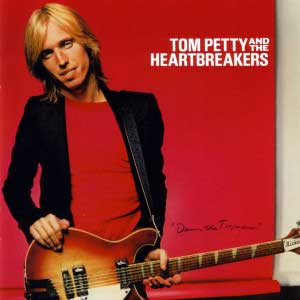


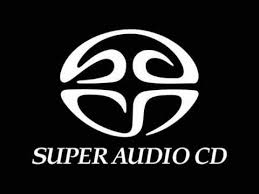 During the CD age, we had SACD formats which also provided high-resolution audio but you had to purchase a $3,000 – $20,000 CD player to hear it.
During the CD age, we had SACD formats which also provided high-resolution audio but you had to purchase a $3,000 – $20,000 CD player to hear it. What Neil Young and Pono Music should have done was taken the hint from Gillette; GIVE them the razor and sell them on the blades.
What Neil Young and Pono Music should have done was taken the hint from Gillette; GIVE them the razor and sell them on the blades.
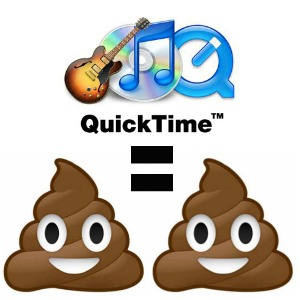 There is not a bigger piece of crap out there. Total disaster.
There is not a bigger piece of crap out there. Total disaster.
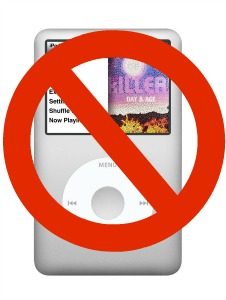
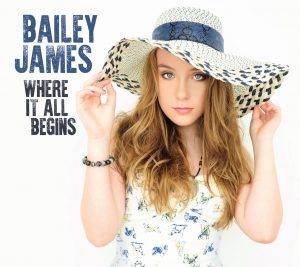
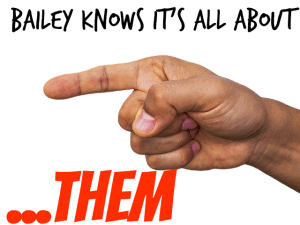 Then, without asking for anything, she made it about them. She stated, “It doesn’t matter what Jay-Z, HD Radio, Premium Spotify users, or I think, it matters what YOU think.†She told them that she had attached a free HD download of the same single they already have. She was giving this to them because she wanted their feedback.
Then, without asking for anything, she made it about them. She stated, “It doesn’t matter what Jay-Z, HD Radio, Premium Spotify users, or I think, it matters what YOU think.†She told them that she had attached a free HD download of the same single they already have. She was giving this to them because she wanted their feedback.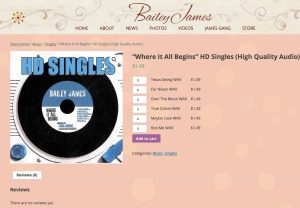 We charged the standard .99 cents for an MP3 file but $1.49 for an HD single.
We charged the standard .99 cents for an MP3 file but $1.49 for an HD single.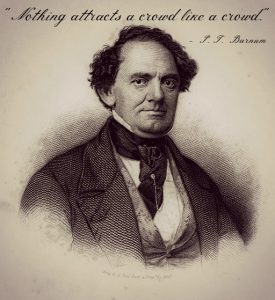
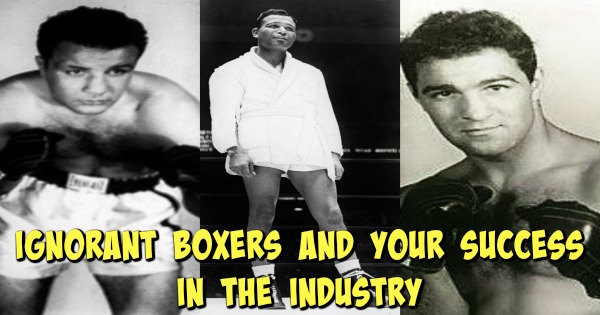
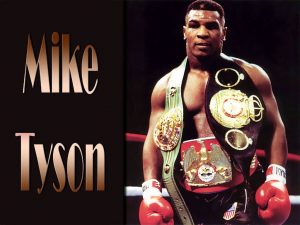
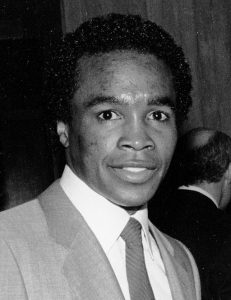



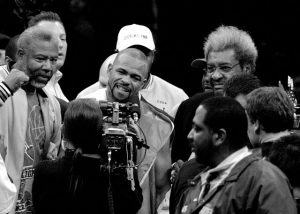
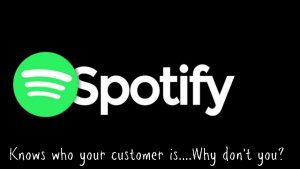 But Spotify does.
But Spotify does.


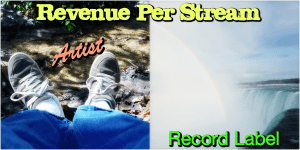
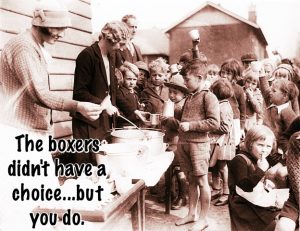


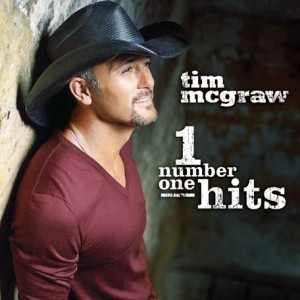

 I don’t get it.
I don’t get it.
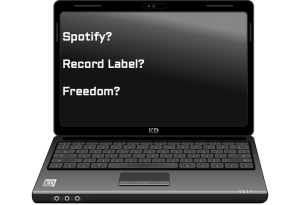
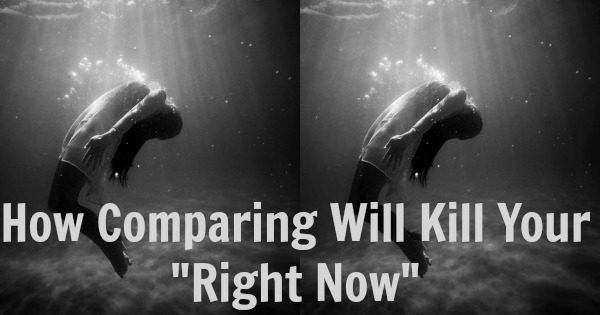



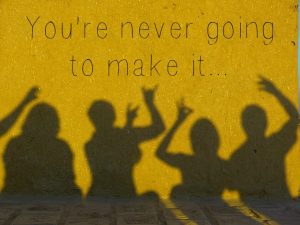






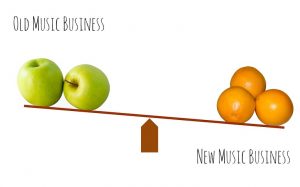

 There are no guarantees on radio. There has never been but now it’s worse. I had a conversation with a manager of this amazing signed act. They are compelling artists. They have a WELL FUNDED deal. The takeaway moment in the conversation came when the manager told me, “Johnny, we’ve spent an OBSCENE amount of money on radio and nobody knows who they are.†For the record, at this stage of the game and with their budget I would venture a guess that an “OBSCENE†amount of money would be in the $350,000-$500,000 range.
There are no guarantees on radio. There has never been but now it’s worse. I had a conversation with a manager of this amazing signed act. They are compelling artists. They have a WELL FUNDED deal. The takeaway moment in the conversation came when the manager told me, “Johnny, we’ve spent an OBSCENE amount of money on radio and nobody knows who they are.†For the record, at this stage of the game and with their budget I would venture a guess that an “OBSCENE†amount of money would be in the $350,000-$500,000 range.
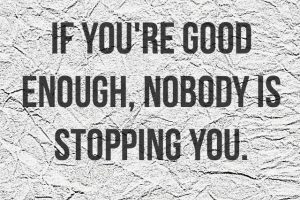
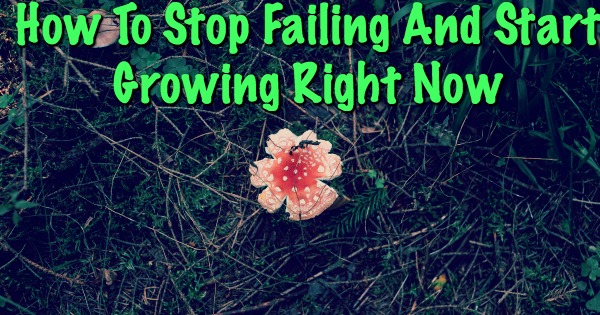
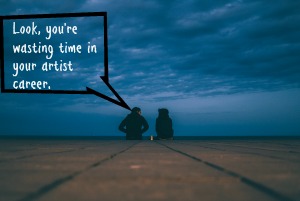

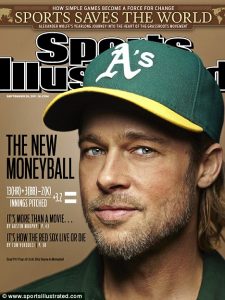





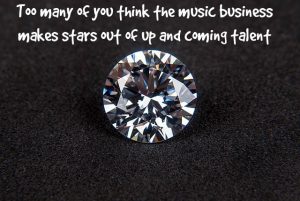

 CEO’s understand that radio isn’t going to get them into growth like it used to, so they must adapt.
CEO’s understand that radio isn’t going to get them into growth like it used to, so they must adapt.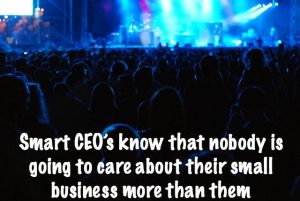
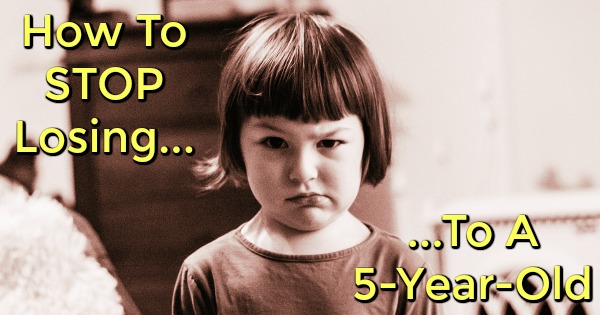
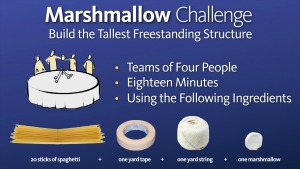
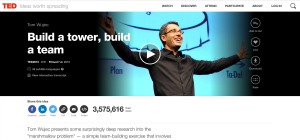
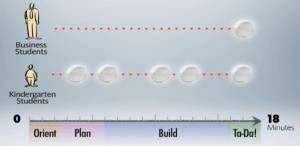 Typically, each team spends the first minutes of their precious time orienting themselves to the task. They talk about how the structure will look. They also jockey for position and rank amongst the team (I always say in any band, somebody has to be John, somebody has to be Paul, somebody has to be George, and somebody has to be Ringo…but I digress).
Typically, each team spends the first minutes of their precious time orienting themselves to the task. They talk about how the structure will look. They also jockey for position and rank amongst the team (I always say in any band, somebody has to be John, somebody has to be Paul, somebody has to be George, and somebody has to be Ringo…but I digress).

 The group that consistently has more “Ta-Da†moments during these experiments are recent graduates of Kindergarten.
The group that consistently has more “Ta-Da†moments during these experiments are recent graduates of Kindergarten.
 What the Kindergarteners do differently is they start with the marshmallow. They are always putting the marshmallow on top, failing, then tweaking the prototype and attempting again. So, their “uneducated†process is to prototype-refine, prototype-refine, and so on until they run out of time. But by then they’ve figured out a couple ways NOT to do it and stumbled onto a successful design.
What the Kindergarteners do differently is they start with the marshmallow. They are always putting the marshmallow on top, failing, then tweaking the prototype and attempting again. So, their “uneducated†process is to prototype-refine, prototype-refine, and so on until they run out of time. But by then they’ve figured out a couple ways NOT to do it and stumbled onto a successful design.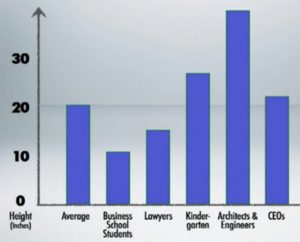
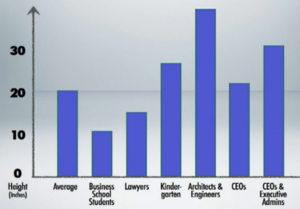
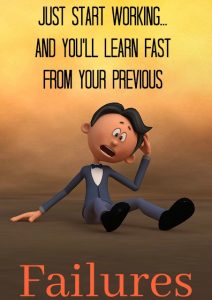
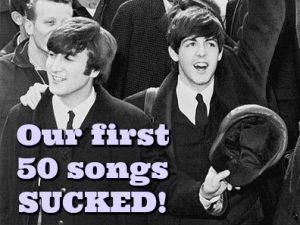
 I wanted to share this TED Talk with you because marketing for each artist is always unique. Fans often react to attributes we weren’t thinking about when we market our artists here at Daredevil Production.
I wanted to share this TED Talk with you because marketing for each artist is always unique. Fans often react to attributes we weren’t thinking about when we market our artists here at Daredevil Production.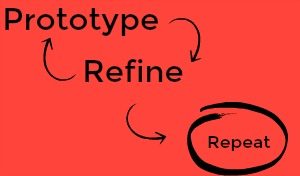


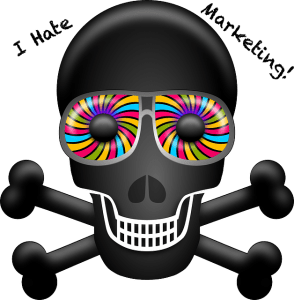
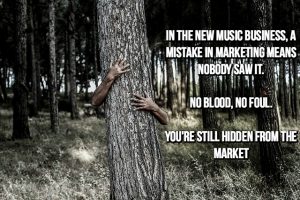
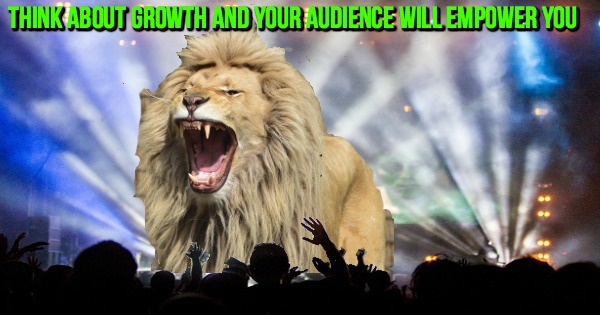
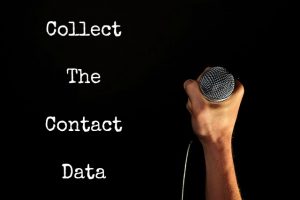 Many of you have now become aware of different indie artist self-help gurus and they have one common message; collect contact data.
Many of you have now become aware of different indie artist self-help gurus and they have one common message; collect contact data.
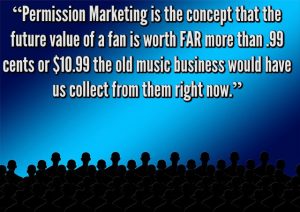
 The old methodology to break an artist was blasting the message about the artist via many different mass media channels. As tens of millions of people are exposed to the artist’s work via radio, TV, print mediums, and live shows, we would get a small percentage of new fans to become aware of that artist or song. Once a single person has been exposed to the artist via mass media at least 7 or 8 times (which requires massive frequency in the message) the more we will begin to convert those new fans into paying customers.
The old methodology to break an artist was blasting the message about the artist via many different mass media channels. As tens of millions of people are exposed to the artist’s work via radio, TV, print mediums, and live shows, we would get a small percentage of new fans to become aware of that artist or song. Once a single person has been exposed to the artist via mass media at least 7 or 8 times (which requires massive frequency in the message) the more we will begin to convert those new fans into paying customers.
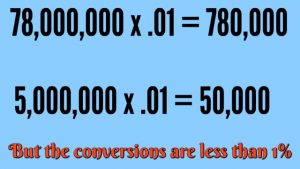

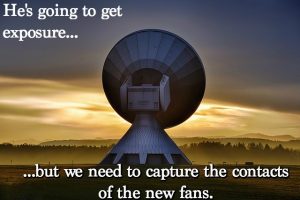 He said something like this, “Johnny, I cut my teeth on multiple MTV shows where I was the host. I’m currently signed with Disney as I am a cast member on a new ABC reality show. I just dropped a single featuring Snoop Dog, we’re shooting the video next week. I parlayed all that heat into a new reality show on Bravo (which isn’t in production yet). I sold out 5,000 tickets for a show last New Year’s Eve. Oh, and I’ll know in the next 2 weeks if I get the lead role in a feature film for a major franchise (because it’s between me and one other guy). So, tell me, how would your marketing approach apply to me?â€
He said something like this, “Johnny, I cut my teeth on multiple MTV shows where I was the host. I’m currently signed with Disney as I am a cast member on a new ABC reality show. I just dropped a single featuring Snoop Dog, we’re shooting the video next week. I parlayed all that heat into a new reality show on Bravo (which isn’t in production yet). I sold out 5,000 tickets for a show last New Year’s Eve. Oh, and I’ll know in the next 2 weeks if I get the lead role in a feature film for a major franchise (because it’s between me and one other guy). So, tell me, how would your marketing approach apply to me?â€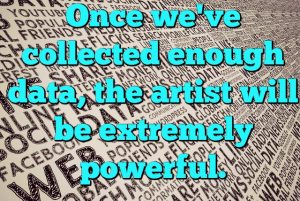 you feel like following somebody first is smart or do you feel following somebody first will undermine your fame?) we go out and follow them all. Then, to the ones who follow us back, we offer a free song download or something valuable to them. Now we own the information. If we did that for both MTV shows, the new ABC show, collected information during your sold-out NYE show, and the Bravo show how many contacts would we have? Oh, let’s not forget the Snoop Dog single! If you’re in the video with him, that’s instant credibility for you. Snoop’s social media wells are the gift that will keep on giving. After all that, could we maybe have 1 million emails? NOW, apply that power to the conversations you’re having with the huge feature film franchise. If it’s between you and one other guy, it’s safe to say that they like your acting chops, they like your look, but the only thing they need to figure out is who is going to fit better. What if you had 1 million contacts who are rabidly awaiting your next message that would directly receive the trailer and some BTS access during shooting? THAT’s TICKET SALES. THAT’S MONEY! THAT’S POWER!â€
you feel like following somebody first is smart or do you feel following somebody first will undermine your fame?) we go out and follow them all. Then, to the ones who follow us back, we offer a free song download or something valuable to them. Now we own the information. If we did that for both MTV shows, the new ABC show, collected information during your sold-out NYE show, and the Bravo show how many contacts would we have? Oh, let’s not forget the Snoop Dog single! If you’re in the video with him, that’s instant credibility for you. Snoop’s social media wells are the gift that will keep on giving. After all that, could we maybe have 1 million emails? NOW, apply that power to the conversations you’re having with the huge feature film franchise. If it’s between you and one other guy, it’s safe to say that they like your acting chops, they like your look, but the only thing they need to figure out is who is going to fit better. What if you had 1 million contacts who are rabidly awaiting your next message that would directly receive the trailer and some BTS access during shooting? THAT’s TICKET SALES. THAT’S MONEY! THAT’S POWER!â€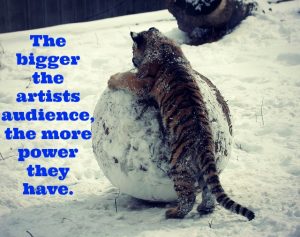
 Envision the record labels coming to you because you have an audience, you can quantify that audience, and you can contact them directly.
Envision the record labels coming to you because you have an audience, you can quantify that audience, and you can contact them directly.

